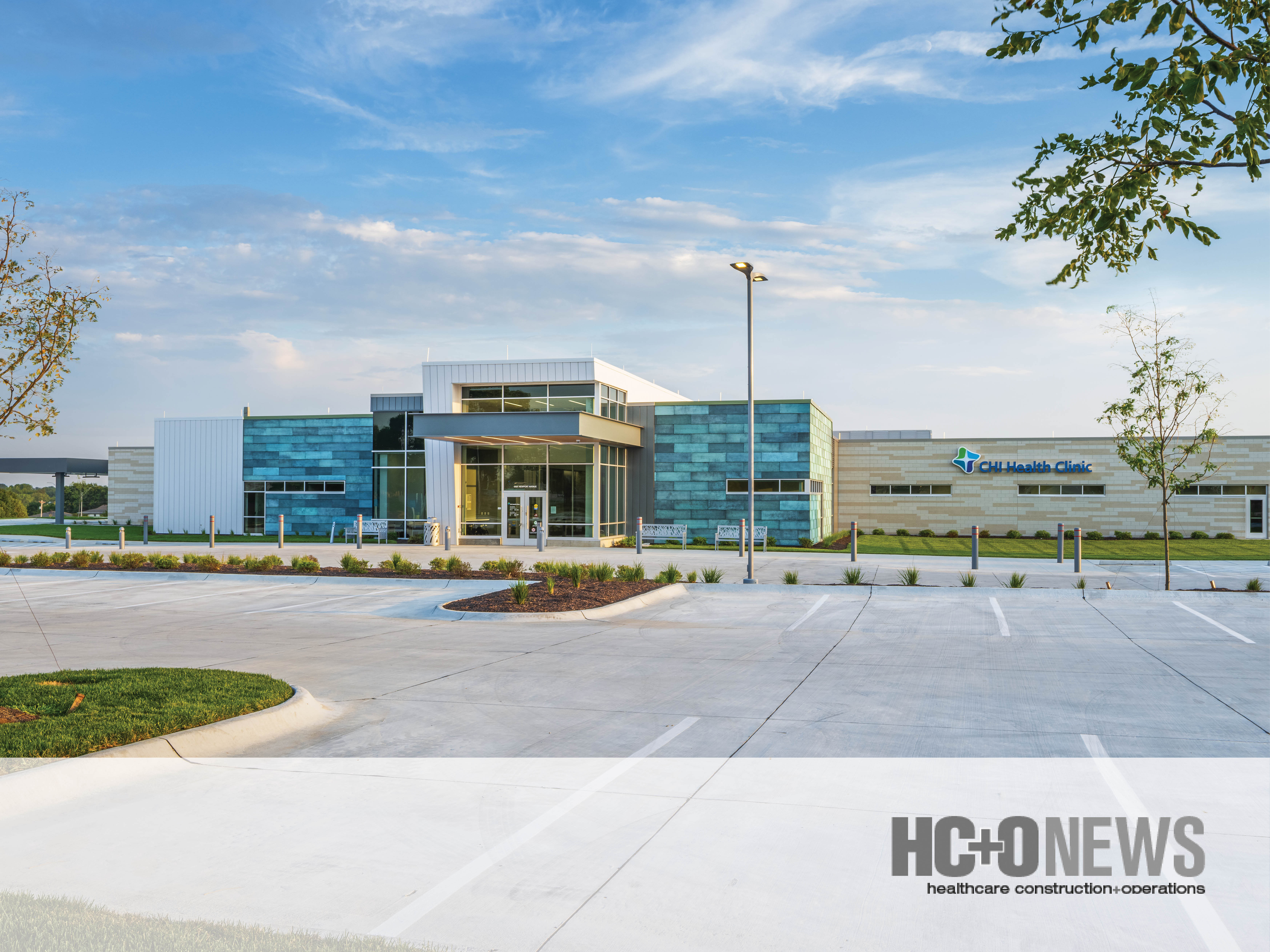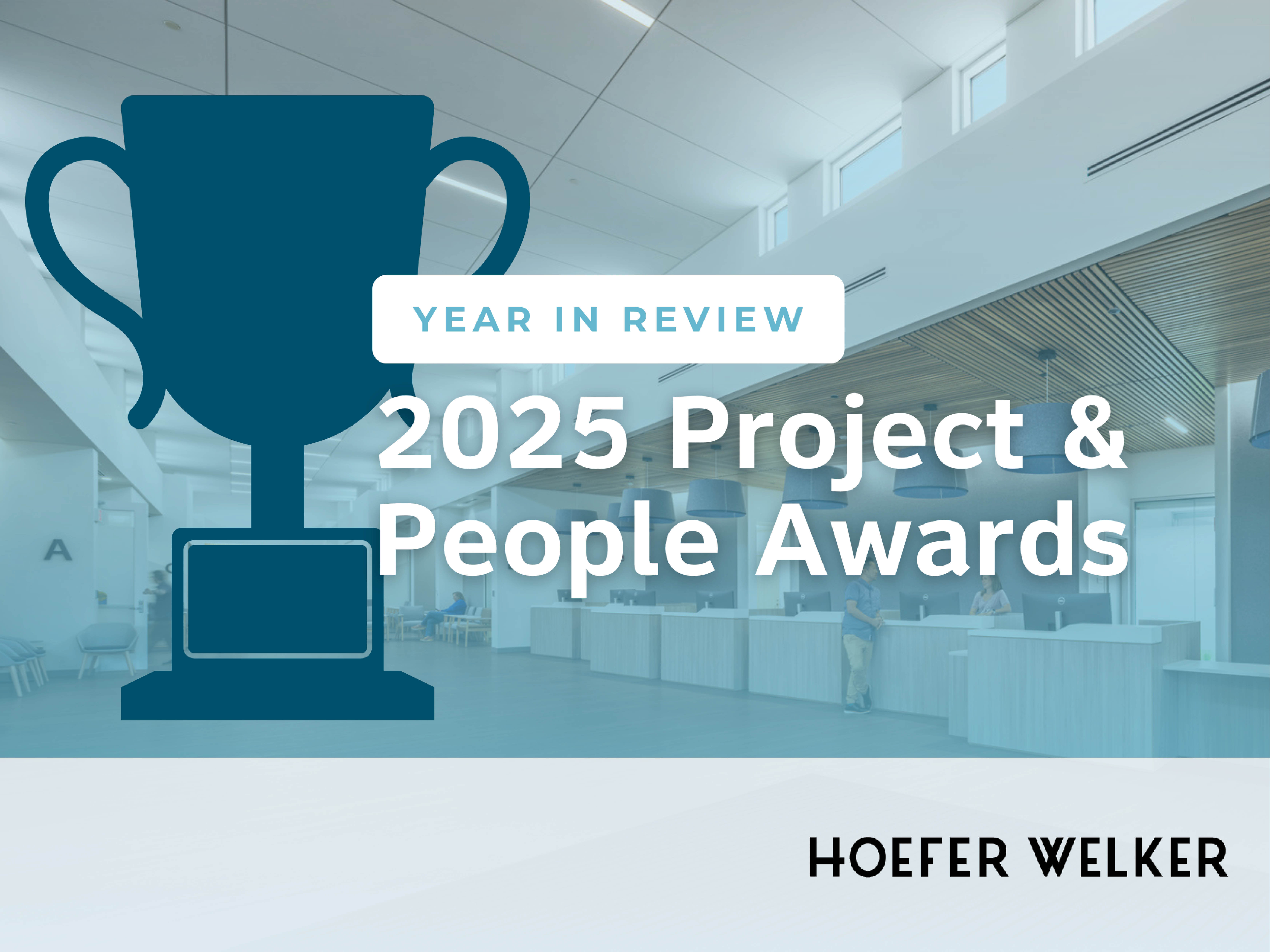Modular and Prefabricated Design Part I: The New Mainstream for Health Systems
A recent HCO News article highlights how modular and prefabricated design is becoming a mainstream solution for healthcare systems facing rising...
3 min read

Among the advantages of the recent mandatory shutdown: no travel and no in-person or on-site meetings, which for me translated into more availability on my calendar than I have seen since I started using Outlook circa 1995. Aside from a few virtual happy hours and tackling some long-overdue tasks on the to-do list, I used a lot of this unexpectedly unscheduled time to catch up with family, friends, and industry colleagues, read the news (not just the headlines), and attend virtual industry events.
Despite the uncertainty that has taken hold of virtually every facet of life, I did find some inspiration along the way in a recent webinar presented by Urban Land Institute (ULI). As we journey into uncharted, post-COVID waters, I found the EY/Urban Land Institute (ULI) Attractiveness of Global Business Districts (GBD) Report and the ULI 2020 Real Estate Economic Forecast webinar to be exceptionally timely and reassuring.
According to ULI, the GBD Report, developed annually in partnership with EY, evaluates 21 leading GBDs. It uses 46 objective indicators corresponding with 966 data points to examine real estate and infrastructure supply, labor pools, educational systems, urban environments, shopping centers, sports amenities, and cultural facilities. The report, “highlights how the concentration of talent, unparalleled business efficiency, and instant connectivity will remain fundamental strengths,” ULI states.
The GBD report offers the following observations[1]:
The COVID pandemic left a pervasive sense of uncertainty in its wake. This uncertainty prompted leaders from virtually every industry in locations across the globe to assess the pandemic’s current and future impacts on how we live and work in our cities, and how we adapt these environments and our businesses to become more resilient. In the absence of a crystal ball, thankfully we do have thought leaders and knowledge gained from past experience navigating economic crisis to help guide the way forward.
In addition to insights offered by the GBD report, unveiled amid the global pandemic, ULI’s 2020 Real Estate Economic Forecast was also insightful. Mark Wilsmann, Managing Director and Head of Equity Strategies for MetLife Investment Management’s Real Estate Group, moderated the discussion. Panelists included Tim Wang, Managing Director, Head of Investment Research at Clarion Partners; Stuart Hoffman, Senior Economic Advisor, The PNC Financial Services Group; and Suzanne Mulvee, CFA, Senior Vice President of Research and Strategy at real estate development firm GID. The following is a summary of my key takeaways.
Panelists fielded several questions about the cost of capital. Their conclusion: Commercial real estate financial costs have come down, primarily due to the quick action of the Fed. Unlike the global financial crisis (GFC) of 2007-2009, real estate prices remain strong, and the investment atmosphere is currently either buying or holding. Distressed sales just aren’t taking place as they did during the GFC; banks are not failing. The Federal Reserve is now buying bond exchange-traded funds (ETFs), specifically as part of the stimulus effort to counteract the effects of the coronavirus lockdowns. Even with this, inflation is in check.
Regarding building types and respective demand: Industrial is the most stable. Thanks to COVID’s boost to e-Commerce, distribution centers are very strong. The office sector is challenging to predict, although the industry currently is strong. People will continue to use office space for collaboration, and while new leases are presently active, market behavior is more unpredictable. Once we observe patterns in the coming months or years, we’ll know more about market response – downsizing, right-sizing, or retaining current leaseholds. Hotels and airlines have taken the biggest hit with retail not far behind. If the SARS epidemic is any indicator, it was a year before hotels recovered. Bottom line: we won’t fully understand the pandemic’s economic and social impacts until we can analyze cash flow and collections over the next year.
Other highlights from the discussion:
The forecast is optimistic, with levels not returning to pre-COVID over the next two years, but making a real run at it! One thing is sure: we are resilient. We will get through this better, smarter, faster, and stronger than ever.
[1] The Attractiveness of Global Business Districts Report pg. 5

Kevin Berman is a Partner and Practice Leader of the firm’s Commercial Design Studio. From his office in Kansas City, he works with clients across the U.S. to create innovative, high-performing, and profitable spaces in the office, retail, hospitality, and entertainment sectors.

A recent HCO News article highlights how modular and prefabricated design is becoming a mainstream solution for healthcare systems facing rising...

2025 brought a number of recognitions for our work, our people, and our growth as a firm. From project awards to individual honors and business...

Mara Sabatini, Vice President and Senior Project Manager, was recently featured in BD+C’s article, Leadership in Practice: How 40 Under 40 Alumni...